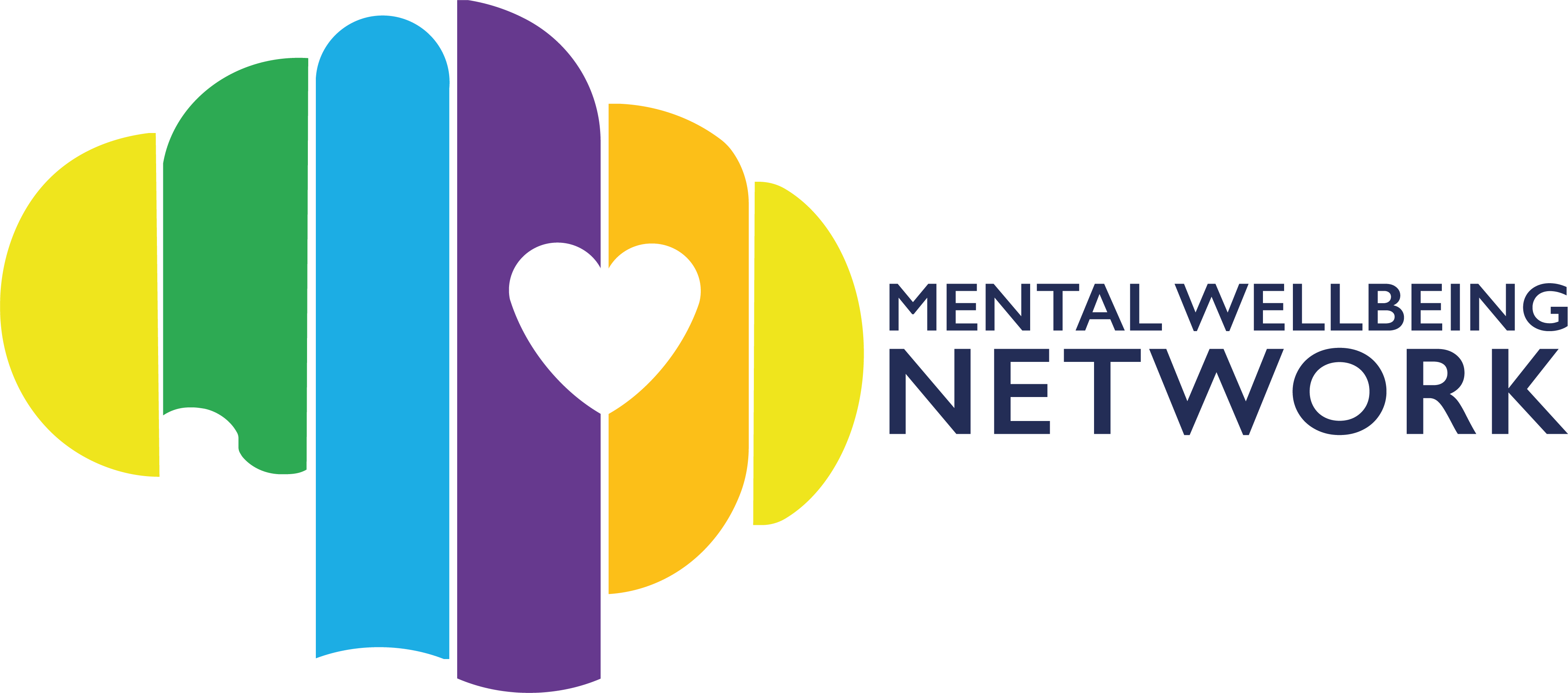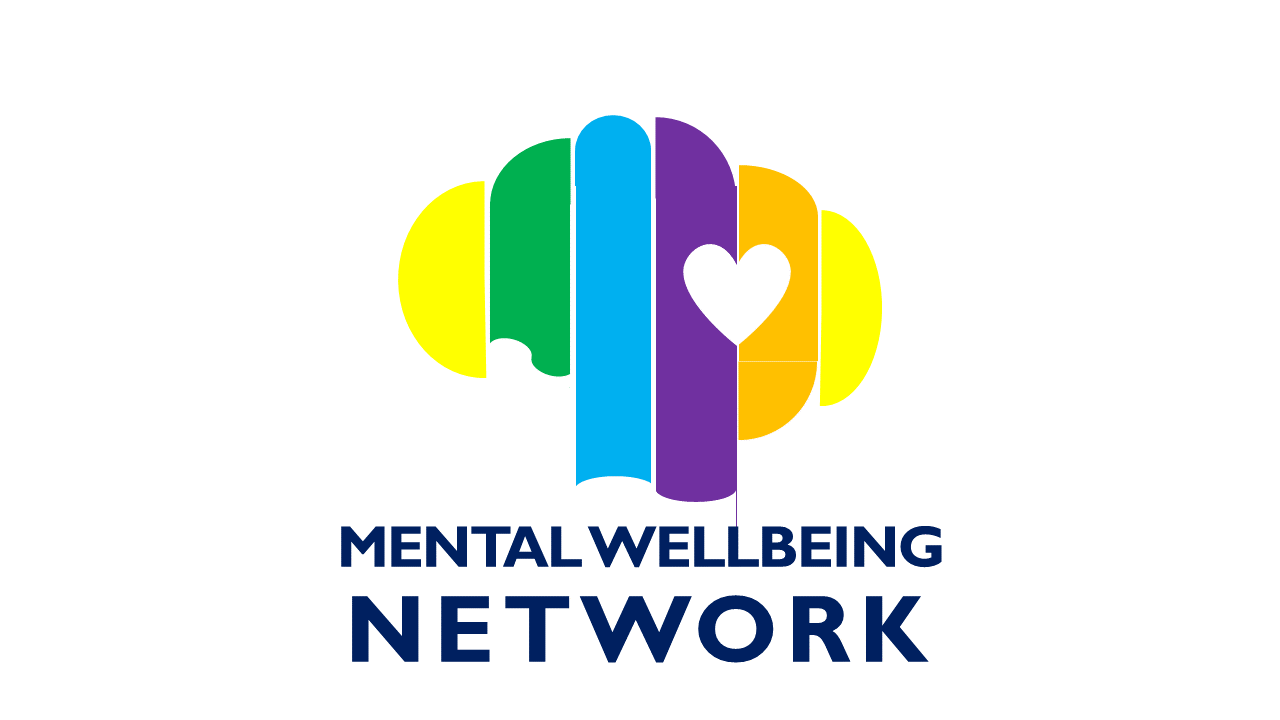How can trauma affect students in school?
Childhood trauma can often lead to poor academic performance. This can lead to the student having low self-esteem causing further complications in the immediate future. Moreover, poor concentration and problem-solving are the most common, alongside inefficient processing which is not achieving maximum productivity. As a teacher, it is important to be able to identify the two different types of childhood trauma.
For example, you have simple trauma, known as type 1, and complex trauma, type 2. A few examples of simple trauma would be the death of a loved one. Parents separating or being in a tragic accident. Complex trauma is interpersonal and means early exposure to ongoing and repeated traumatic experiences. Examples include physical, sexual, and emotional abuse alongside domestic violence and neglect.
To be able to establish the difference between the two different types of trauma will make it easier to put together a suitable plan for students suffering from trauma. Trauma is long-term which means it will have a negative effect on the student’s academic performance throughout their years of education.
What trauma can look like in a classroom?
For example, a student experiencing post-traumatic stress disorder can send out stress signals. As a result, it can cause the brain to stay on high alert. This usually leads to feelings of being unable to control and recognize emotions. Therefore, would make sitting in a classroom trying to learn and intake added information almost impossible.
Students who have experienced trauma often have difficulty forming bonds with teachers, trauma can make learning and communication extremely challenging. Children can also develop anxiety and post-traumatic stress disorder from an early age. Because of this, it can play a significant role in their academic performance.
Students can sometimes feel minimized by teachers for not meeting their targets as quickly as they should be. This can leave the student feeling very degraded, which is why It is crucial for teachers to incorporate different teaching methods for those who need more support.

Here are some signs that may indicate a student is going through trauma:
- Weight loss or gain.
- Poor Concentration.
- Agitation.
- Overly clingy with teachers.
- Not engaged.
- Difficulty forming relationships with others.
- Easily distracted.
- Recreate trauma through play.
- Become fearful and anxious.
- Unable to meet set targets.
How can you support your students in school?
Students who are suffering from trauma are more likely to express their psychological state in a healthy and happy environment. Therefore, it is essential to make sure a safe place is provided for students in school. It is important to show consistency and routine. Nevertheless, you can demonstrate these by having frequent one-to-one convocations which will allow you to build a trusting relationship.
Students who have come from a background of complex trauma fear rejection and often find asking for help stressful. Taking your time to talk with a student unprovoked and offering your assistance can be very effective. In addition to this, students can often find opening up to new people challenging, which is why it is prominent to have a familiar and friendly face around the school.
Furthermore, providing extra support intellectually could help boost their self-esteem and confidence. As a result, this could give students a better chance of becoming successful. Trauma can also make processing and memorizing added information very demanding. Teachers can incorporate visual and one-to-one learning which is evidently more effective for the student to absorb information. Using these strategies can really help improve their ability to learn and process information.
Different approaches you can incorporate into your classroom
Moreover, to ensure students are getting the best quality of education, try adding different teaching techniques. It has been proven that students usually respond better to brain breaks. Teachers can use this method to provide relief from hands-on learning. Additionally, teachers can use this method and plan a variety of activities to help break the concentration. This releases stress and can bring back focus making students fully engaged and ready to learn.
Focusing on positive attention is also formative, it allows your student to feel validated and encourages good behaviour. High praises work extremely well and help students who are suffering from trauma build their self-esteem. Teachers should also be mindful and prepare for unexpected responses. This is when the student has an outburst that could happen during their favourite lesson.
There are many different forms of relaxation techniques you could share such as positive imagery and deep breathing. Positive imagery is effective when approaching a student who may be suffering from anxiety or PTSD. This methodology allows all your senses to focus on one or several happy and calming images. Doing this can help regulate the heartbeat helping the mind stay in control. Deep breathing also helps. making you feel more relaxed, relieving any stress or tension that your student may feel.

Resources for students suffering from mental health
Finally, having the appropriate resources at school for students who are managing mental health is essential. There are many different support networks available that can help students with any issues they may be facing at home, or in school.
Most mental health teams can give support and guidance to students who are going through difficulties. Mental health teams can cover depression, abuse, bullying, self-harm, eating disorders, anxiety, and many other difficulties. It is always good to have these helplines accessible for all students.
All these techniques and approaches can really have a positive outcome on students learning when suffering from trauma. It is essential for teachers to have time and patience for those who develop at a slower pace. This will help build resilience, self-esteem, and perception.
School holds a key role in young people’s lives, which is why teachers must do everything they can to guide them in the right direction. Incorporating these simple strategies could help give students that are suffering from trauma a better chance of having a successful life.
Mental health charities UK:
Samaritans (116 123)
Rethink mental illness (0300 5000 927)
YoungMinds (0808 802 5544)
Anxiety UK (03444 775 774)
No panic (0300 772 9844)
Refuge (0808 2000 247)
NSPCC (0800 1111)
Calm (0800 58 58 58)



